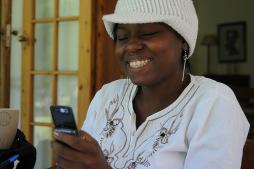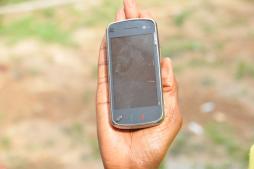Examining cultural need: discussing design anthropology with Amélie Lamont

Designer Erin Lynch recently interviewed Amélie Lamont, a NYC-based design anthropologist, and the result is quite stimulating, particularly also on the topic gender and racial gaps in the design industry. According to Amélie, “design anthropology focuses on better understanding human…





